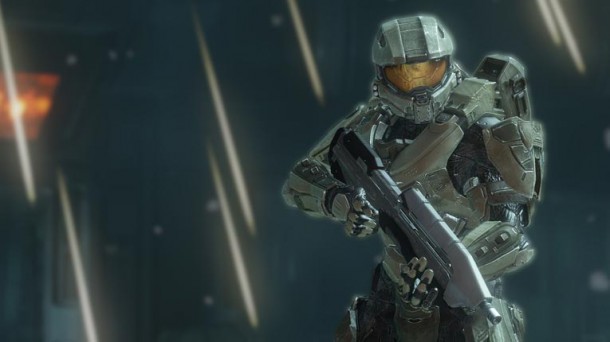
It’s difficult not to be impressed by what 343 Industries has put together with Halo 4. Upon assuming full responsibility of the title from Bungie a couple of years ago, the developer worked to craft a game that wasn’t aimed at retreading the same ground as its predecessors. Instead, Halo 4 maintains many of the basic building blocks of the series — epic narratives, expansive world design, and constantly engaging multiplayer — and uses them as soil to plant seeds in.
This month, 343 unveiled what those seeds have become: quite possibly the best Halo experience that the Xbox has ever seen.
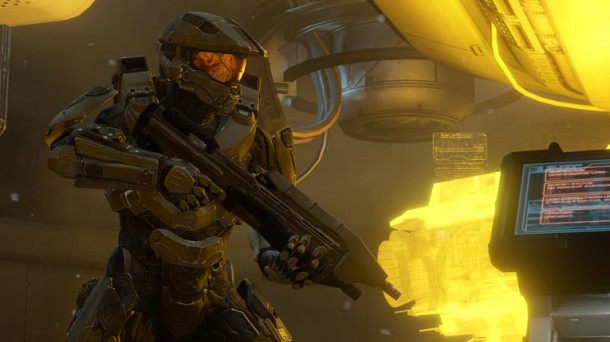
Firstly, the series has been modernized visually. Gone are the pseudo high-def visuals that barely cracked 720p. In its place are new 3D models of characters with higher textural depth, more vivid colors, and vastly more detail. Master Chief and Cortana have been redesigned to take advantage (and maximize) the Xbox 360’s processor speeds, thanks to the game seeing an overall stylized theme with influences from modern CGI anime films and Hollywood summer blockbusters like Transformers. The characters are now slightly more top heavy proportionally, and clutch their weapons closer to help emphasize their poses and physical stature. The Chief’s armor has more layers and wear to it, and it moves with the body instead of looking like a small mech suit.
Everything we’ve seen of the game so far has us screaming “WOW”, and not just at the action on the screen but at the incredibly improved visuals. These aren’t dead worlds any more, they’re living and full of motion and light. The leaves on trees aren’t big paper plates, and the rocks have been replaced by Forerunner structures that seem to undulate as we pass by.
The narrative has been revamped as well, focusing on much more interplay between Chief and Cortana. One of the critiques of the series has been that we’ve felt purposely separated from Master Chief’s personality and history, thanks to his constantly-on helmet and a plot that always revolves around saving the universe. And though we’ll still get that epic story in Halo 4, it almost comes second to the more personal nuances that are dropped in. It’s really about trust, as we see Chief ask more of Cortana and rely on her than we ever have. It’s not a love story, but it’s the closest thing you can get when you’ve got “an ancient evil” to handle.
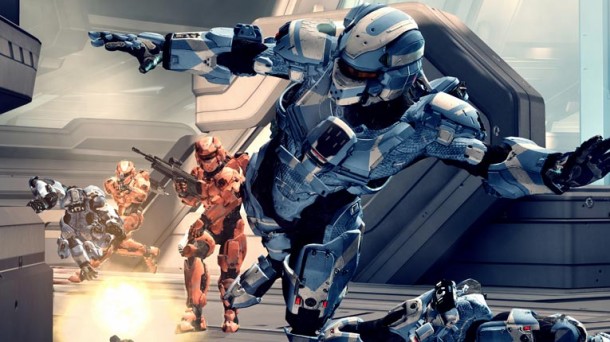
Any avid Halo fan will tell you that it’s not the visuals or the narrative that matters, it’s the gameplay and the multiplayer. Thankfully, this is where 343 was both conservative and innovative. Altering the mechanics of how a gun fires, how Chief crouches or shoots, or even how many shots it takes to bring him down would have been murder to the game. Much like Street Fighter’s tournament wizards and their sixth sense link into the game, Halo fanatics have memorized pixels and polygons, and can tell you where a good sniping position is before even seeing the majority of a map. They’ve memorized the physics of bullets, needles and lasers, and know the finite details of jumping heights in each map.
The developers have kept all of this intact, but focused their energy on augmenting it with experiences and features that rely more on a “lateral” ideological shift. Think of it like added abilities that help or hinder based on the situation they are used in — the Promethean Vision comes to mind, where an area is viewed through the visor in blue and enemies appearing in a glowing red. A new handheld shield is also included in the game, minimizing the “stop and shoot” nature of combatants and allowing for much more movement in matches.
Halo 4 is still tactical, but it’s not going to be about setting up your position and waiting. Players will need to understand the motions of their enemies better, and adapt to strategically evade or engage them while on the move. It’s about movement, something which Halo wasn’t always good at unless we were jumping like frogs in space. Running is much more important now, and position-shifting will be key to survival.
New multiplayer modes and features and revised old ones also help shape the future of the series. For one, a tactical packages and loadouts are more personalized, resulting in not only visual changes but even some advantages that affect what happens AFTER a player dies and respawns. Spartan Ops is one new mode that 343 might be pioneering in the home space. These weekly episodic co-op missions are not only combat and task focused but also add to the Halo mythos, with cinematic story-telling at their hearts. The amount of work going into them is enough for several teams of developers to stay busy well after the game’s launch, and fans coming back for months if not years.
Halo 4‘s focus on broad depth is akin to what free-to-play developers are doing in the online space in recent years, and is pushing the limits of what the Xbox 360 can achieve both visually and gameplay-wise. If this is the end of the console life cycle, it’s a fantastic way to go, and one that can only whet our appetite for what 343 can do with the property going forward.
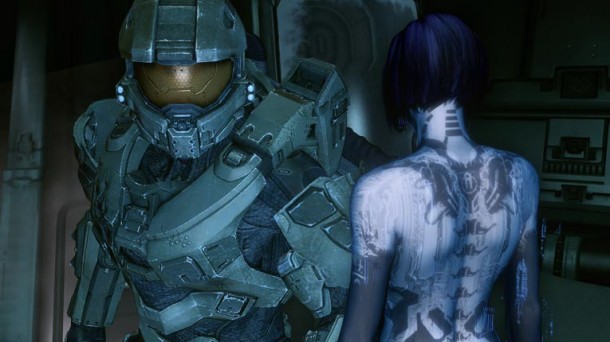

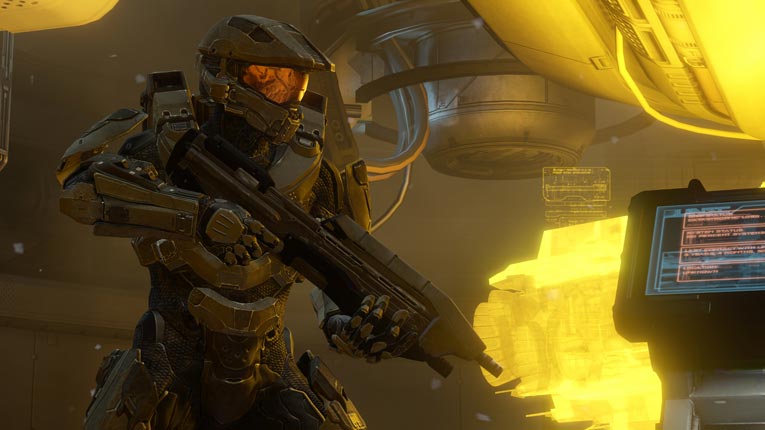

No Comments